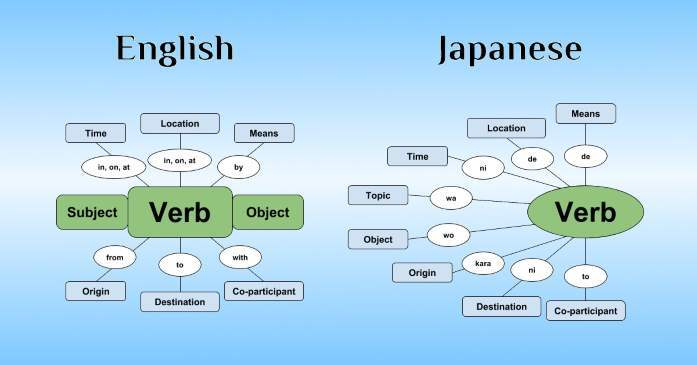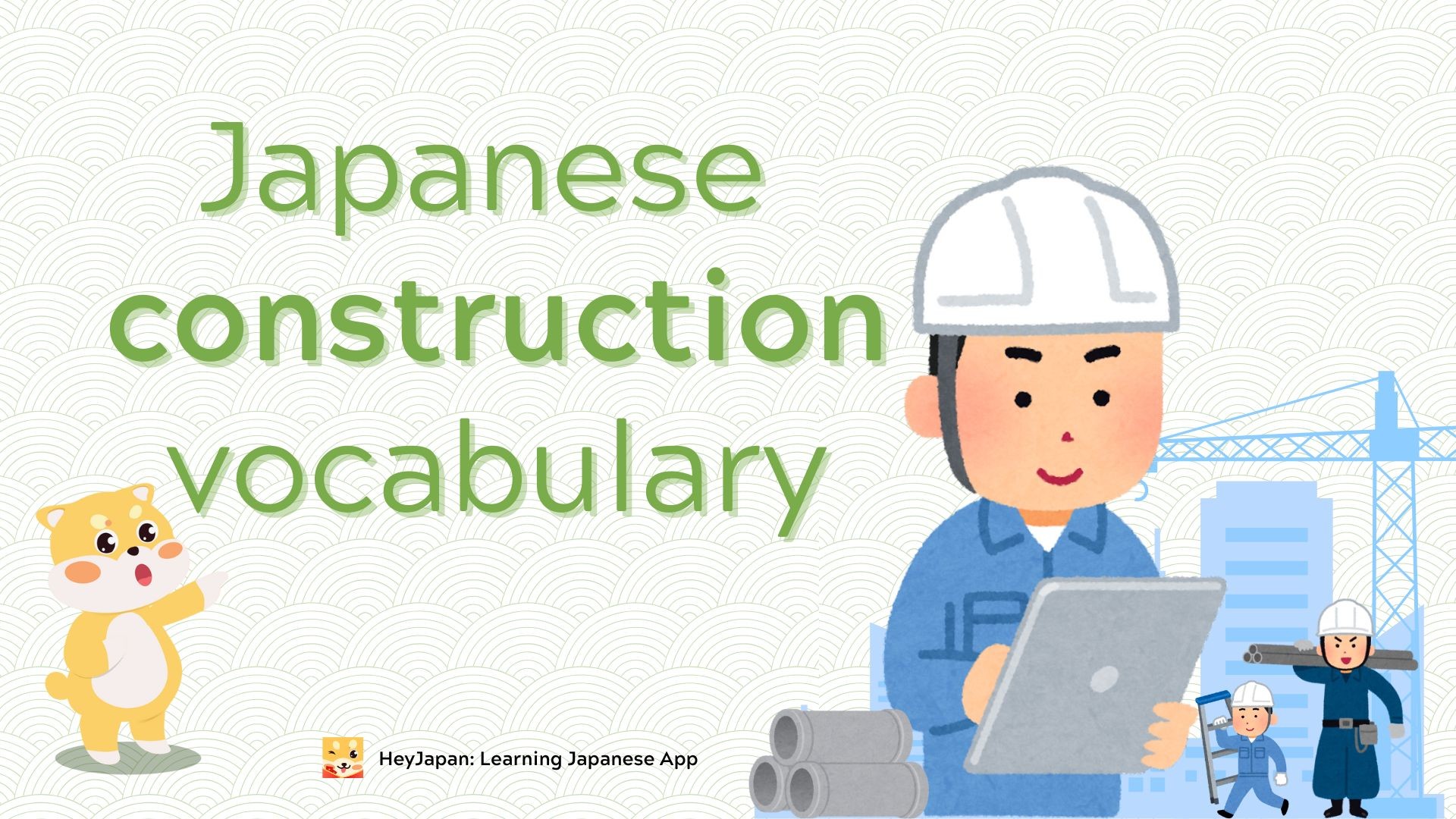- Why learn Japanese?
- Step 1: Understand the basics of the Japanese language
- Step 2: Set clear learning goals
- Step 3: Master key vocabulary and phrases
- Step 4: Learn grammar and sentence structure
- Step 5: Improve listening and speaking skills
- Step 6: Immerse yourself in the language
- Step 7: Practice regularly and stay consistent
Learning how to speak Japanese can seem challenging at first, but with the right approach, anyone can master it. In this article, we’ll break down the essential steps to help you speak Japanese fluently. Whether you’re a beginner or looking to improve your skills, these simple yet effective strategies will guide you toward confident and natural conversations in Japanese. Let’s get started on your language journey!
Why learn Japanese?
Before diving into how to speak Japanese, it's important to understand why you should learn the language. Learning Japanese not only opens up opportunities for personal growth and career advancement but also enhances your understanding of a rich and unique culture.
Economic opportunity
Japan is the world’s third-largest economy and is home to many global brands like Toyota, Sony, and Panasonic. Learning Japanese opens the door to working in Japan, or with Japanese companies abroad.
A 2020 survey by the Japan External Trade Organization (JETRO) found that over 70% of foreign businesses in Japan reported that speaking Japanese was important to their success.
Cultural Enrichment
Japan’s pop culture, including anime, manga, and video games, has a massive global following. By speaking Japanese, you gain direct access to these cultural products in their original form, without relying on translations.
You can read more about the benefits of learning Japanese in this blog post on why learn Japanese.
Step 1: Understand the basics of the Japanese language
Understanding the basics of how to speak Japanese is crucial because the language's grammar, writing system, and pronunciation are vastly different from English. Learning how to speak Japanese for beginners requires a solid foundation in its script, pronunciation, and sentence structure.
According to a study by the Japan Foundation, the biggest challenge for non-native learners is mastering the script, with 60% of beginners reporting difficulty.
What to learn: Japanese uses three writing systems
- Hiragana: A phonetic script used for native Japanese words. There are 46 characters to learn, and they represent syllables.
- Katakana: Another phonetic script, used primarily for foreign words, names, and onomatopoeia. It also consists of 46 characters.
- Kanji: These are Chinese characters used in Japanese, representing whole words or concepts. There are thousands of Kanji, but learning the most common 2,000 will allow you to understand most written Japanese.
Actionable steps:
- Start with Hiragana and Katakana. Mastering these will allow you to read basic Japanese texts. Spend 20 minutes each day practicing writing and reading them. Use apps like Anki for spaced repetition of characters.
- Gradually introduce Kanji into your studies. Start with essential characters and use online resources like WaniKani or Remembering the Kanji.
Step 2: Set clear learning goals
Setting clear learning goals is vital for progress and motivation. According to a study by the University of Scranton, 92% of people who set clear goals are more likely to achieve them. Learning how to speak Japanese without a plan can lead to frustration and a lack of progress.

How to set goals:
- Short-term goals: Break your learning into manageable chunks. For example, “Learn 50 new words by the end of the week” or “Master basic greetings and introductions within one month.”
- Long-term goals: Consider aiming for the Japanese Language Proficiency Test (JLPT), which has five levels (N5 to N1). Most beginners aim for JLPT N5, the easiest level.
Actionable steps:
- Use a goal-setting app or tracker, like Trello or Google Calendar, to organize your study schedule. Make sure your goals are SMART (Specific, Measurable, Achievable, Relevant, Time-bound).
- Periodically review and adjust your goals as you progress. Reward yourself for completing short-term goals to stay motivated.
Step 3: Master key vocabulary and phrases
A strong vocabulary is essential for understanding and speaking any language. A survey by the Japan Foundation found that 85% of learners find it difficult to communicate effectively in Japanese without knowing essential vocabulary. Start by focusing on the most commonly used words and phrases.
💡 Actionable Steps:
- ✅ Flashcards: Use apps like Memrise, Anki, or Quizlet to create digital flashcards for vocabulary. You can use them on the go.
- ✅ Phrasebook: Invest in a Japanese phrasebook or use an app like HeyJapan, HelloTalk, or Tandem to practice everyday phrases with native speakers.
You can learn more about effective methods for expanding your vocabulary in this blog post on how to learn Japanese vocabulary.
Step 4: Learn grammar and sentence structure
Japanese grammar can be challenging for English speakers, especially since the sentence structure is often Subject-Object-Verb (SOV), while English follows a Subject-Verb-Object (SVO) structure. According to an article by iTalki, understanding grammar will help you construct accurate and meaningful sentences.
Actionable steps:
- Use textbooks like Genki or Minna no Nihongo to learn grammar systematically.
- Practice sentence building by using the grammar structures you learn. For example, after learning は, make sentences like "私は日本人です (I am Japanese)" or "私は学生です (I am a student)."

Step 5: Improve listening and speaking skills
Listening and speaking are key to fluency. Studies show that listening comprehension is one of the hardest skills for learners. In a study by the Japan Foundation, 65% of participants found listening comprehension particularly challenging. Speaking practice helps reinforce grammar and vocabulary, and it builds confidence.
How to practice listening:
- Listen to podcasts, such as JapanesePod101 or Nihongo Con Teppei, which cater to beginners.
- Watch Japanese TV shows or movies with Japanese subtitles. Shows like “Nihongo no Mori” or “Anime” can also help with listening practice.

How to practice speaking:
- Shadowing: Listen to a short segment of Japanese, then immediately repeat it. This helps with pronunciation, rhythm, and intonation.
- Language exchange: Practice speaking with native speakers through apps like iTalki, Preply, or HelloTalk.
- Talk to yourself: Practice speaking to yourself in Japanese throughout the day. Narrate your actions or describe things around you in simple sentences.
Step 6: Immerse yourself in the language
Immersion is one of the most effective ways to learn a language. A study from the University of Edinburgh found that learners exposed to immersive environments tend to progress faster in speaking and listening skills.
How to immerse:
- Consume Japanese media: Watch Japanese movies, anime, or YouTube channels like Nihongo no Mori for free Japanese lessons.
- Language exchange: Join language exchange programs or online communities like Discord groups dedicated to learning Japanese.
- Travel to Japan: If possible, spend time in Japan to practice your language skills in real-world settings.
Step 7: Practice regularly and stay consistent
Consistency is crucial for language learning. The more you practice, the quicker you will improve. According to a study by HeyJapan, learners who practice for 15-30 minutes every day are more successful in language learning than those who only study once a week.
How to stay consistent:
- Set aside time each day to study, even if it’s just 15-20 minutes.
- Track your progress using apps like Habitica or Trello to stay motivated.

In conclusion, learning how to speak Japanese is an exciting and rewarding journey. By following the steps outlined in this article, you can build a solid foundation and gradually improve your skills. Remember, consistency and practice are key. With patience and dedication, you'll soon find yourself speaking Japanese with confidence and ease. Keep challenging yourself, and enjoy the process of mastering this beautiful language!








